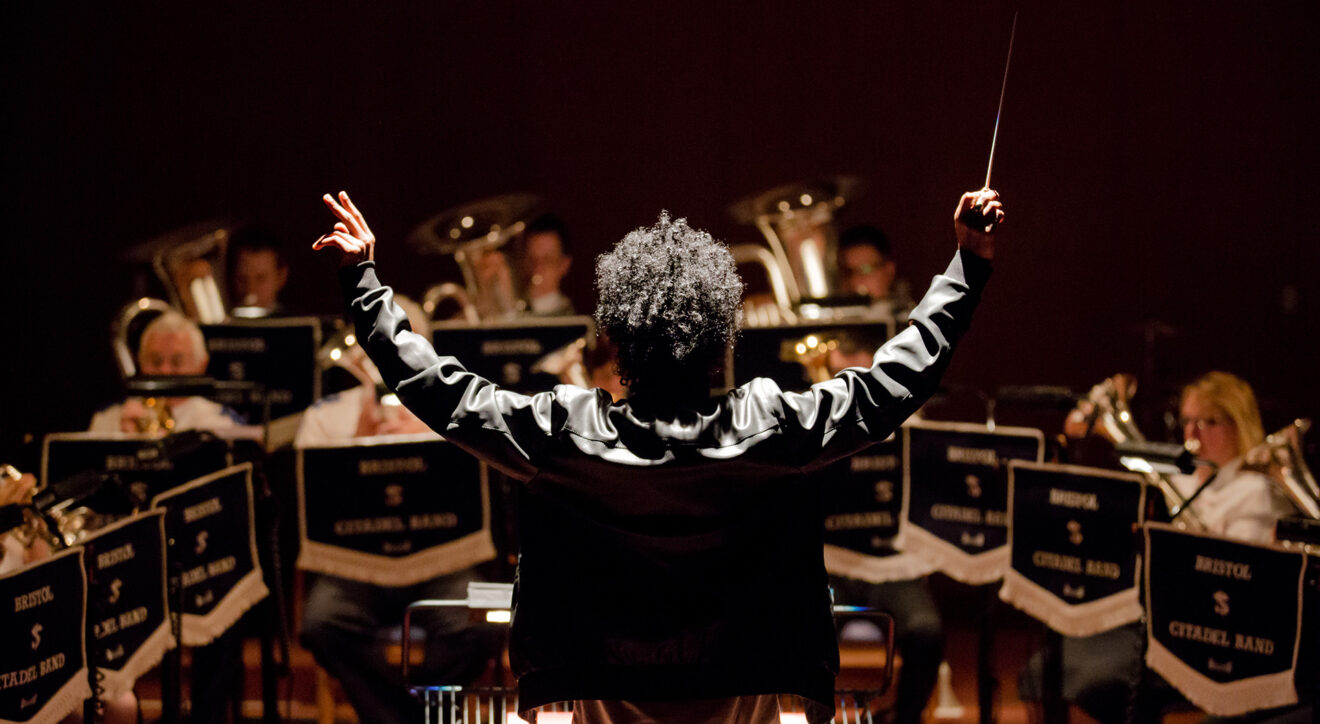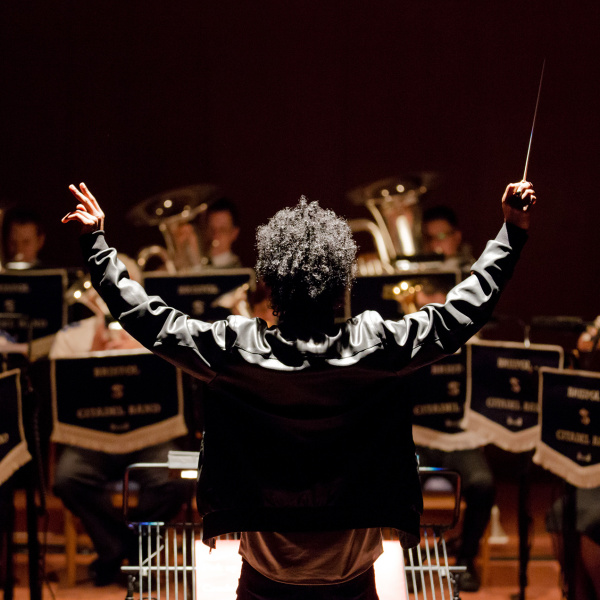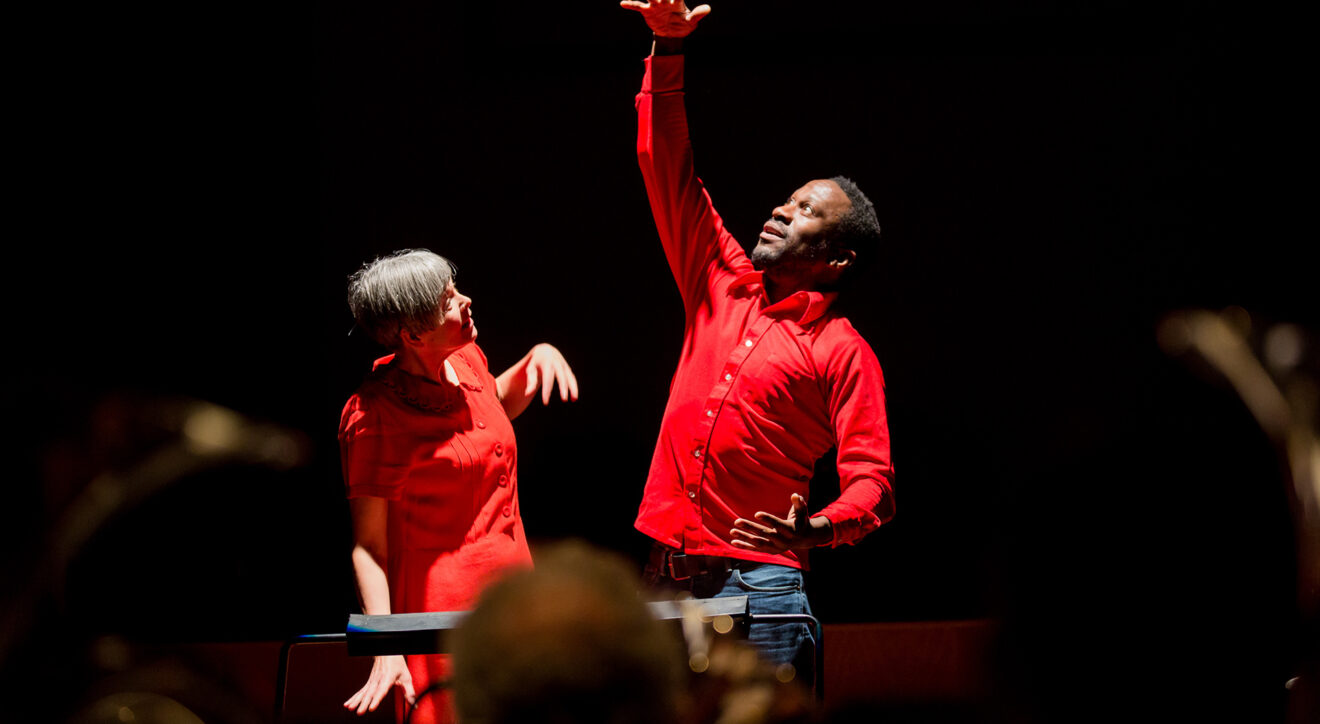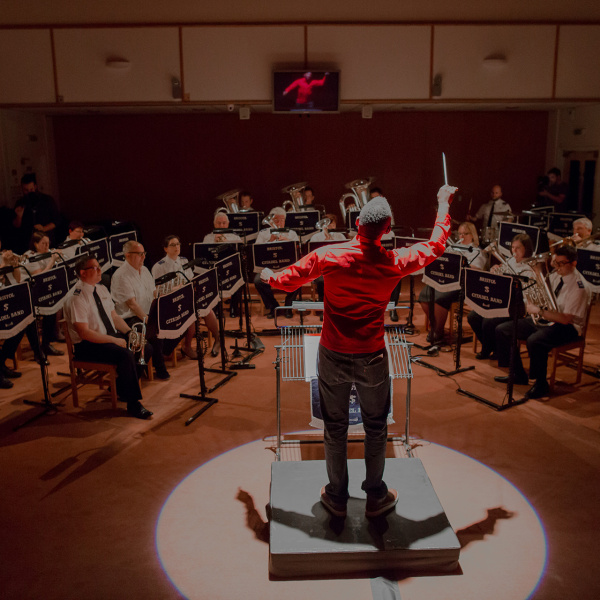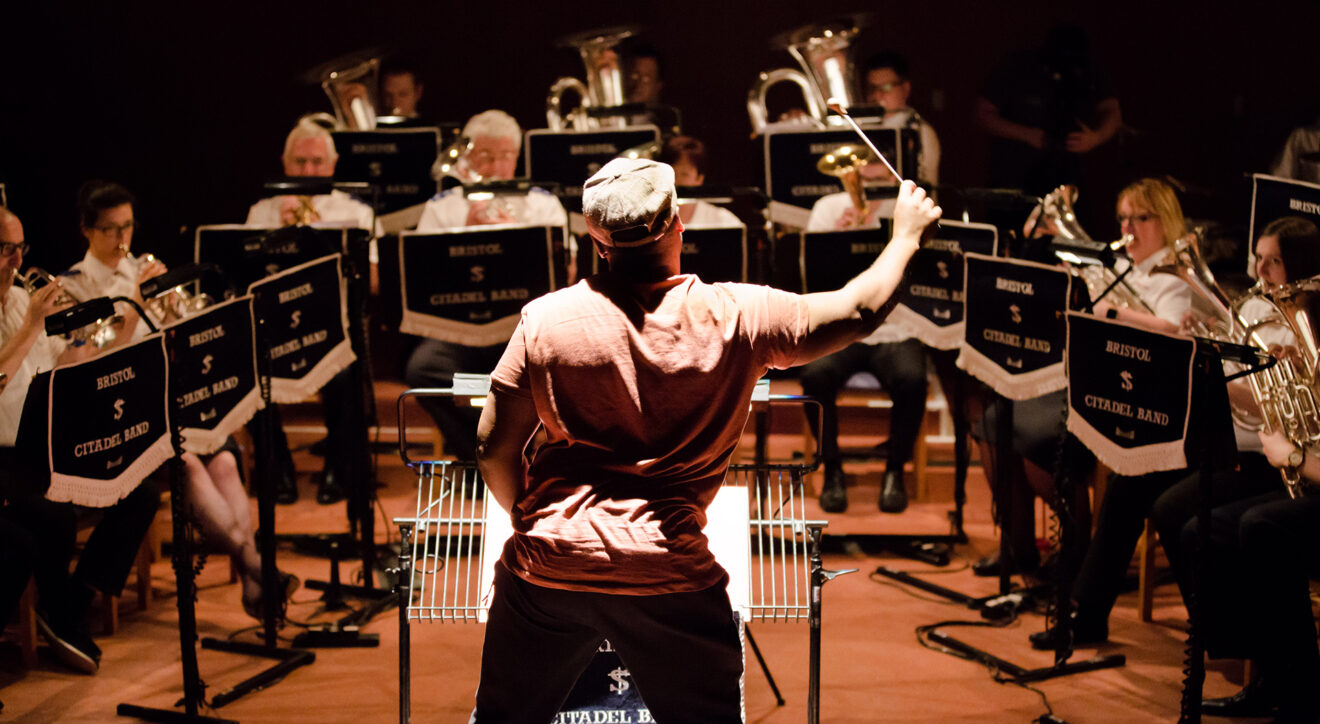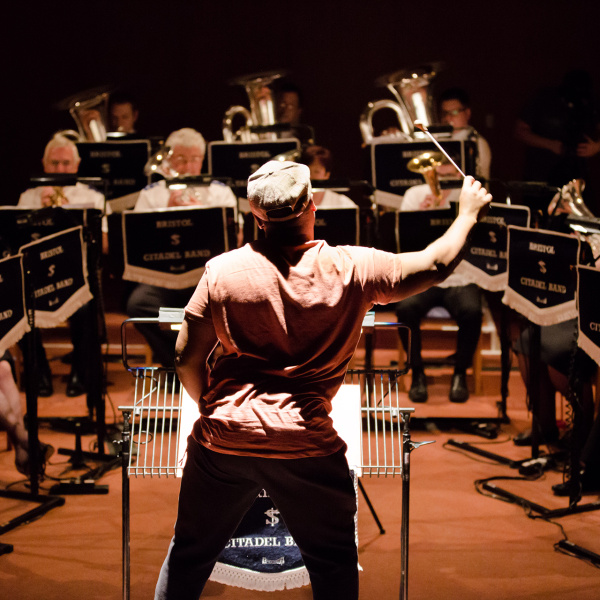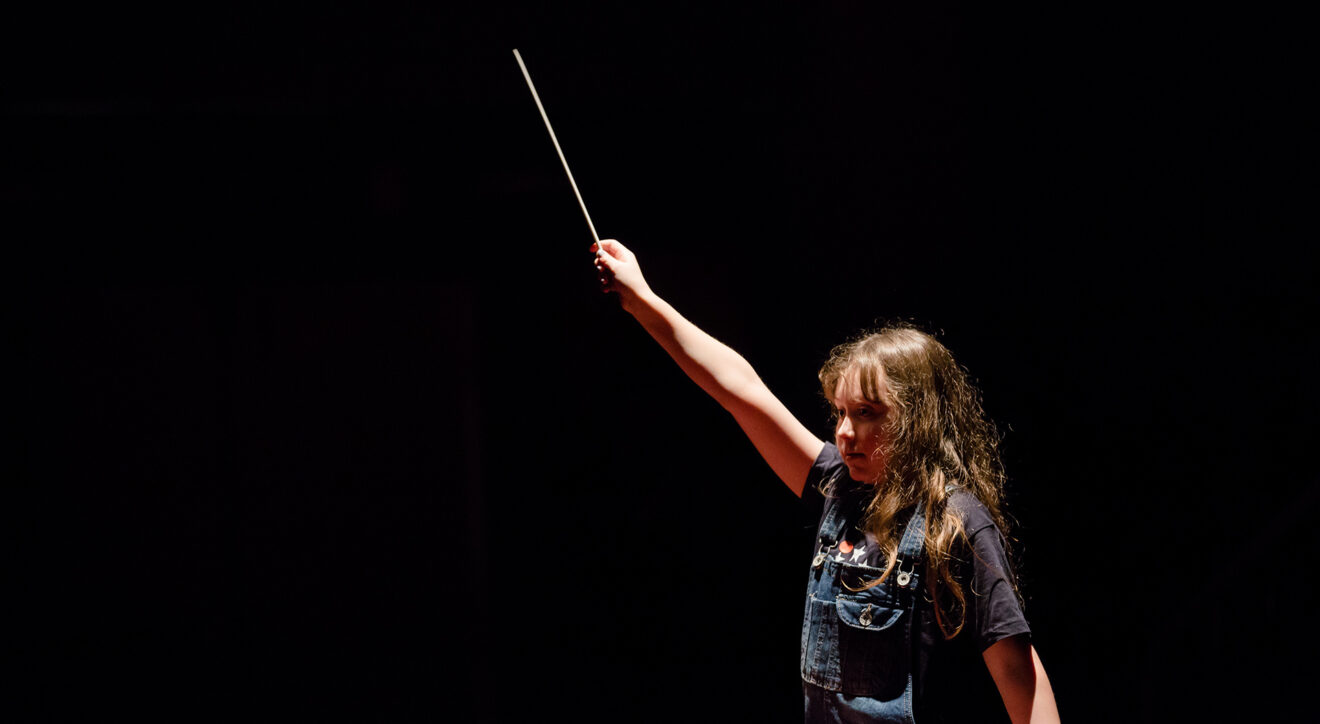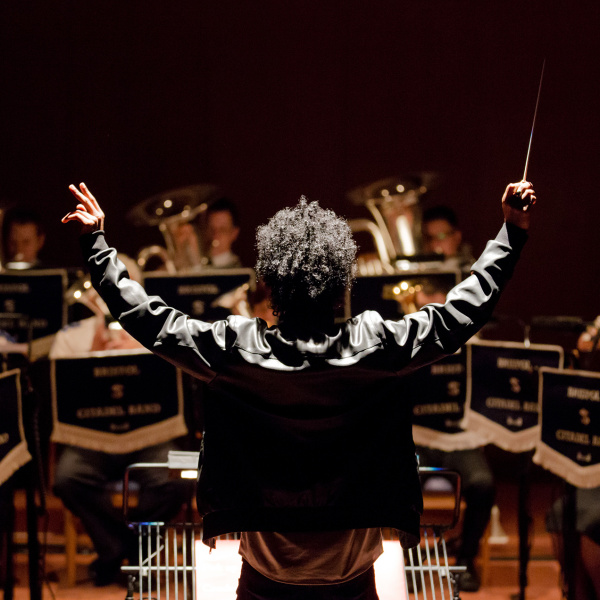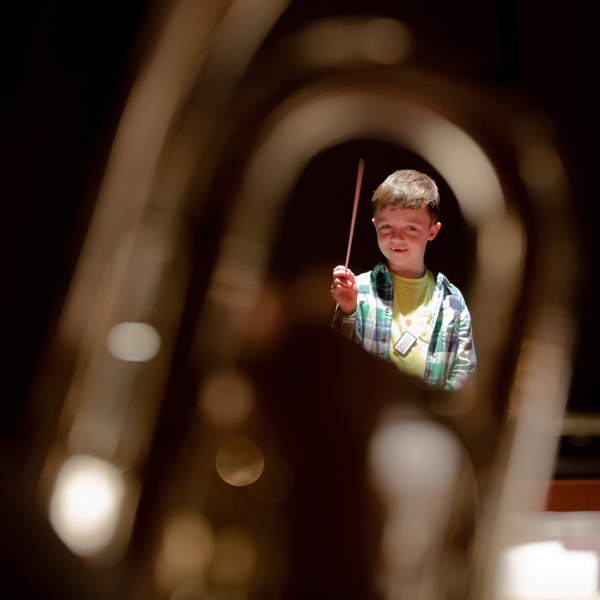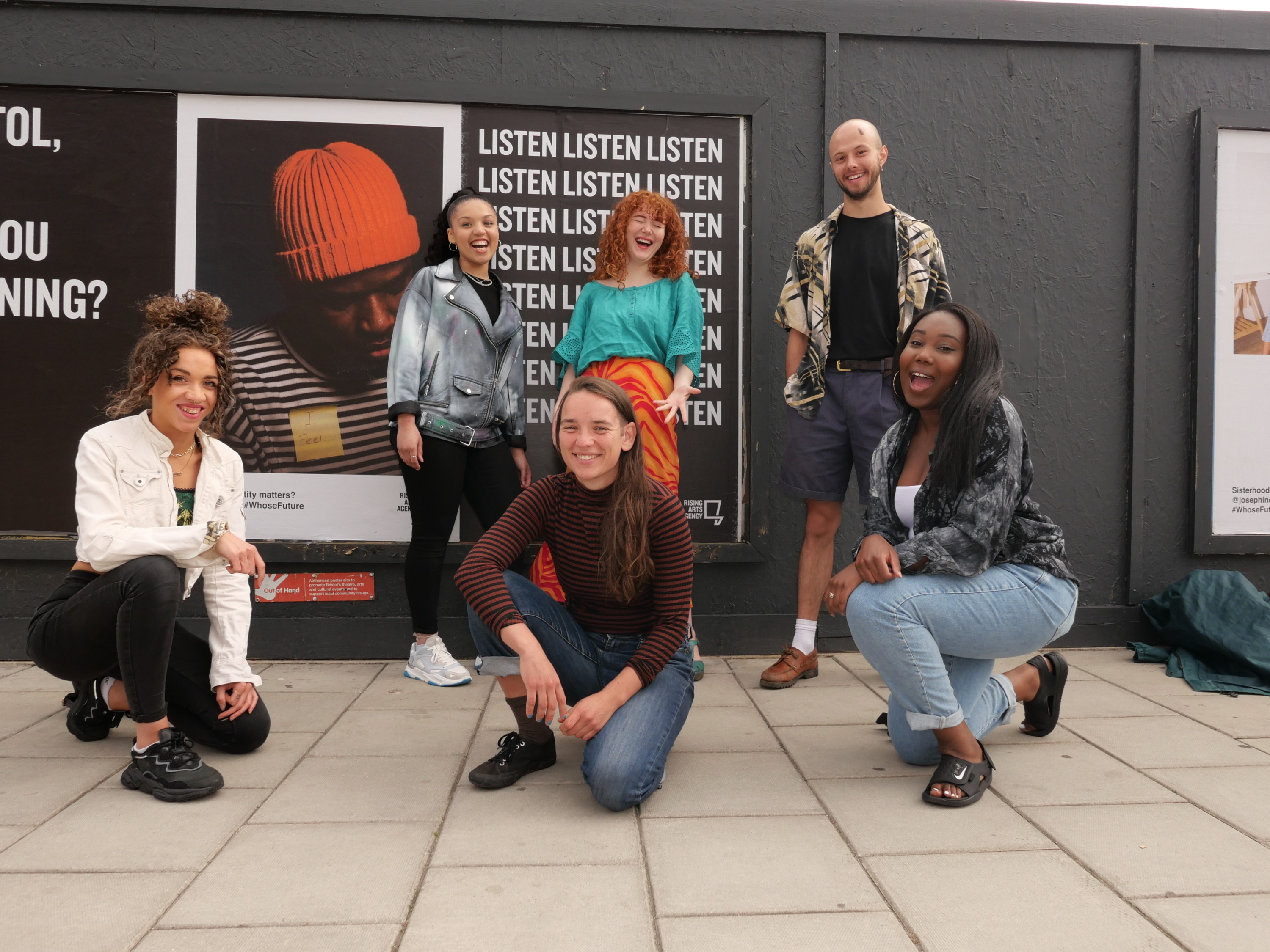
Synopsis
On Saturday 11th March, members of the public and the Citadel’s congregation were invited to individually conduct The Salvation Army brass band – without using sheet music.
The only instruction given was: ‘Pick up the baton. Conduct the band however you like. They will follow you.’ Responding to the conductor’s gestures and movements, the band created a spontaneous and bespoke piece of music with each conductor which contributed to a score made on the day. The conductors writing the score included primary school children, Salvation Army congregation, musicians with experience of conducting, people with no experience of conducting and a deaf film-maker and artist.
Description
On Saturday 11th March, members of the public and the Citadel’s congregation were invited to individually conduct The Salvation Army brass band – without using sheet music. Responding to the conductor’s gestures and movements, the band created a spontaneous and bespoke piece of music with each conductor which contributed to a score made on the day.
The original 1896 Salvation Army Citadel building (which provided the bricks for Theaster Gates’ Sanctum) was replaced in 2015 by a new Community and Family Centre. To mark the development, Andy Ingamells was commissioned to produce a new public artwork. The artist began his research in the Citadel’s music archive, exploring 100 years of composing and performing. From this initial research and supported by Situations, he has developed a proposal for a new score, written through a meeting between the brass band and the public.
As an experimental musician and artist, Andy Ingamells explores unusual methods of composition that blur the line between composer and performer. He has triggered performances in over 30 different countries during a single day, read traffic lights as musical notation and invented the game of violin cricket.
A new musical score composed of the music from the 11th March co-created by the Salvation Army Brass band and members of the public was published along with an accompanying film work.
Up Down Left Right was produced by Situations, funded by The Salvation Army and supported by the Jerwood Charitable Foundation and Bristol City Council.

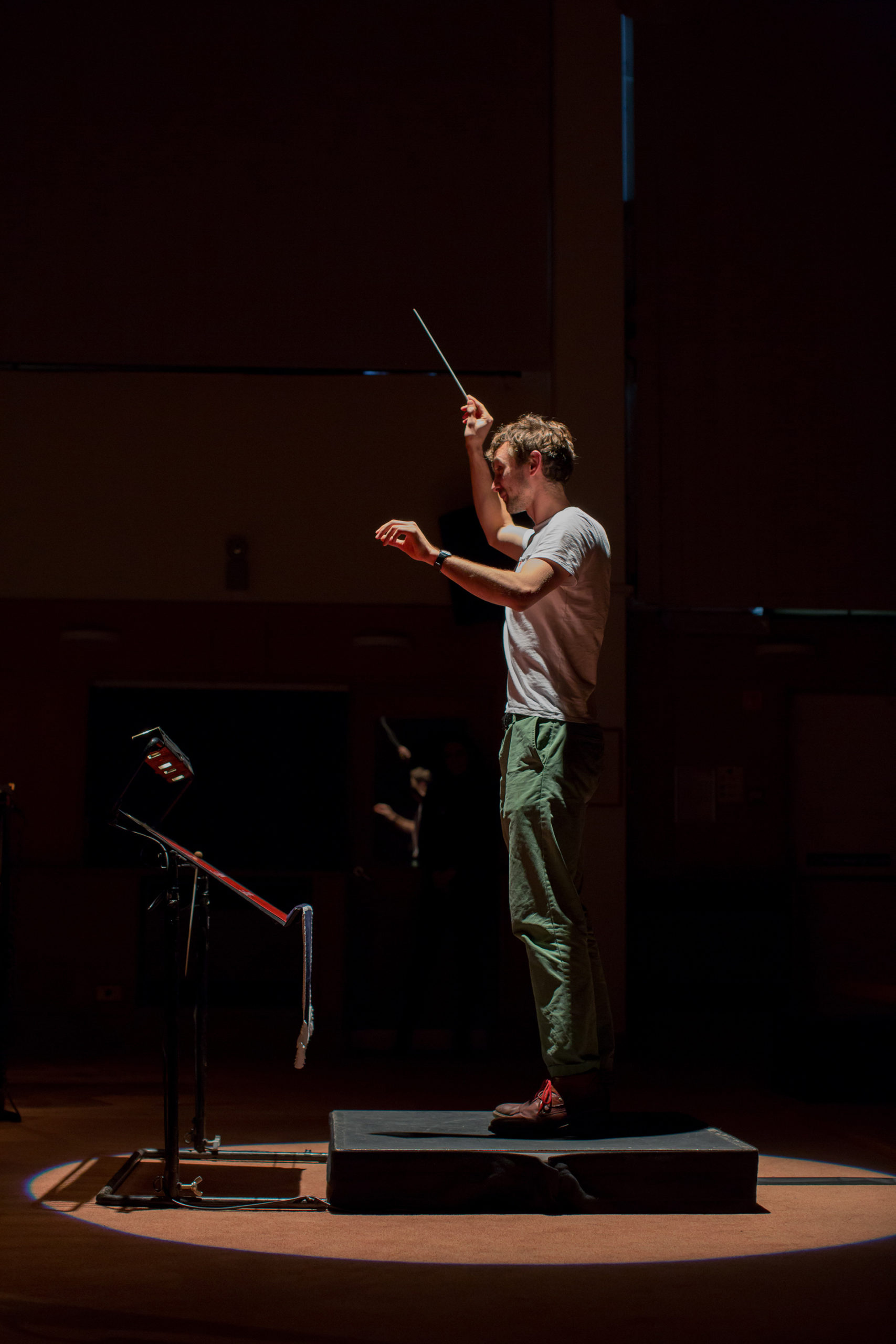
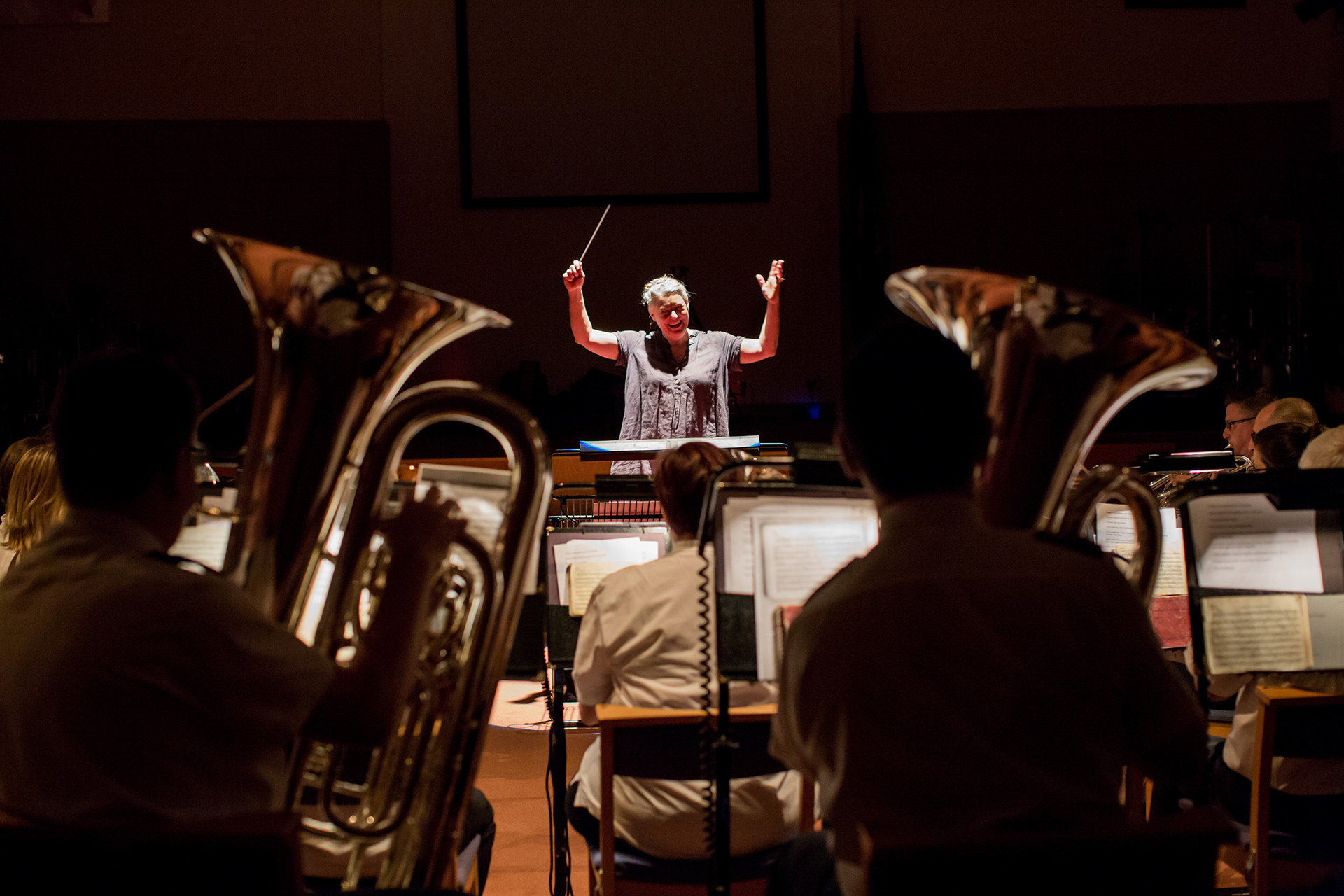
Further Reading:
Andy Ingamells is a musician who develops unusual methods of composition that blur the line between composer and performer.
Ingamells has filled taxis with recorder players reading traffic lights as notation, played gold-painted pianos overflowing with buckets of red wallpaper paste, invented the game of violin cricket, and been tickled by improvisers playing my ticklish body as a musical instrument.
His work has been performed in the National Portrait Gallery, the Handel & Hendrix House Museum and Cafe OTO in London, the Orgelpark and Muziekgebouw in Amsterdam, the Lapidarium of Kings in Copenhagen, Walled City Festival in Derry, Birmingham International Dance Festival, and Cheltenham Music Festival.
A small publication was produced as part of Andy Ingamells’ new commission with the Salvation Army containing the score for Up, Down, Left, Right.
Access the co-created digital score here.
